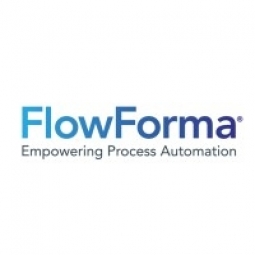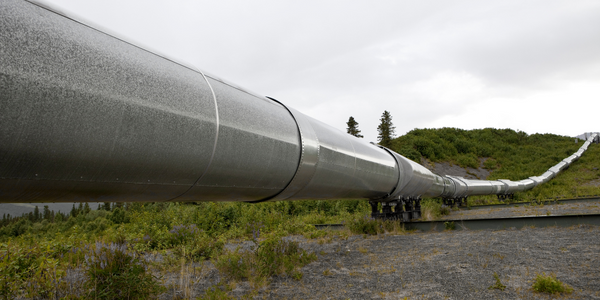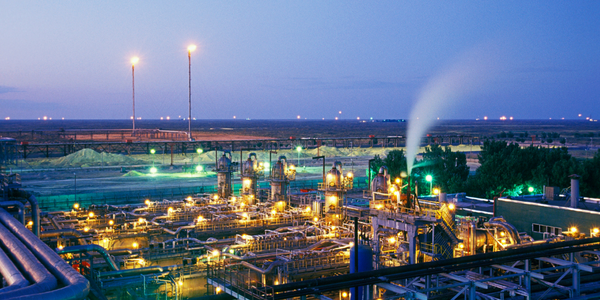Customer Company Size
Large Corporate
Region
- America
Country
- Canada
Product
- FlowForma Process Automation
Tech Stack
- Microsoft 365
- Power BI
Implementation Scale
- Enterprise-wide Deployment
Impact Metrics
- Productivity Improvements
- Cost Savings
Technology Category
- Platform as a Service (PaaS) - Application Development Platforms
Applicable Industries
- Oil & Gas
Applicable Functions
- Quality Assurance
- Human Resources
Use Cases
- Predictive Maintenance
- Process Control & Optimization
Services
- Cloud Planning, Design & Implementation Services
- Data Science Services
About The Customer
The customer is a Canadian oil and gas services company that provides equipment, field services, and custom engineering to oil and gas companies in Canada. The company has ten offices across the region. A transition in ownership prompted a process review to identify efficiencies that could drive the next phase of growth. The company was relying on manual processes involving Excel and email, which were neither scalable nor efficient. The company had to choose between hiring more people or looking to technology to reduce human error and provide a platform for growth.
The Challenge
The Canadian oil and gas services company was in a transition phase and was looking for ways to scale without having to expand its workforce. The company was relying on manual processes involving Excel and email, which were neither scalable nor efficient. The company had to choose between hiring more people or looking to technology to reduce human error and provide a platform for growth. They chose the latter, prioritizing a solution that could automate processes and free up people’s time.
The Solution
The company chose FlowForma Process Automation because it is an easy-to-use “no code” solution that fits within the existing environment, principally Microsoft 365. It is a cloud-hosted subscription service that can easily scale. The CFO mentions how intuitive FlowForma is to use. Little or no training is required, which he considers important for any technology investment, because the effectiveness of a solution is always determined by the willingness of employees to adopt it. Seamless integration with the Microsoft cloud suite, including Power BI for data analytics, was another benefit and helped make more use of existing software licenses. The biggest win, however, was having a highly automated solution that could grow with the restructured business.
Operational Impact
Quantitative Benefit

Case Study missing?
Start adding your own!
Register with your work email and create a new case study profile for your business.
Related Case Studies.

Case Study
Taking Oil and Gas Exploration to the Next Level
DownUnder GeoSolutions (DUG) wanted to increase computing performance by 5 to 10 times to improve seismic processing. The solution must build on current architecture software investments without sacrificing existing software and scale computing without scaling IT infrastructure costs.

Case Study
Remote Wellhead Monitoring
Each wellhead was equipped with various sensors and meters that needed to be monitored and controlled from a central HMI, often miles away from the assets in the field. Redundant solar and wind generators were installed at each wellhead to support the electrical needs of the pumpstations, temperature meters, cameras, and cellular modules. In addition to asset management and remote control capabilities, data logging for remote surveillance and alarm notifications was a key demand from the customer. Terra Ferma’s solution needed to be power efficient, reliable, and capable of supporting high-bandwidth data-feeds. They needed a multi-link cellular connection to a central server that sustained reliable and redundant monitoring and control of flow meters, temperature sensors, power supply, and event-logging; including video and image files. This open-standard network needed to interface with the existing SCADA and proprietary network management software.

Case Study
Refinery Saves Over $700,000 with Smart Wireless
One of the largest petroleum refineries in the world is equipped to refine various types of crude oil and manufacture various grades of fuel from motor gasoline to Aviation Turbine Fuel. Due to wear and tear, eight hydrogen valves in each refinery were leaking, and each cost $1800 per ton of hydrogen vented. The plant also had leakage on nearly 30 flare control hydrocarbon valves. The refinery wanted a continuous, online monitoring system that could catch leaks early, minimize hydrogen and hydrocarbon production losses, and improve safety for maintenance.










